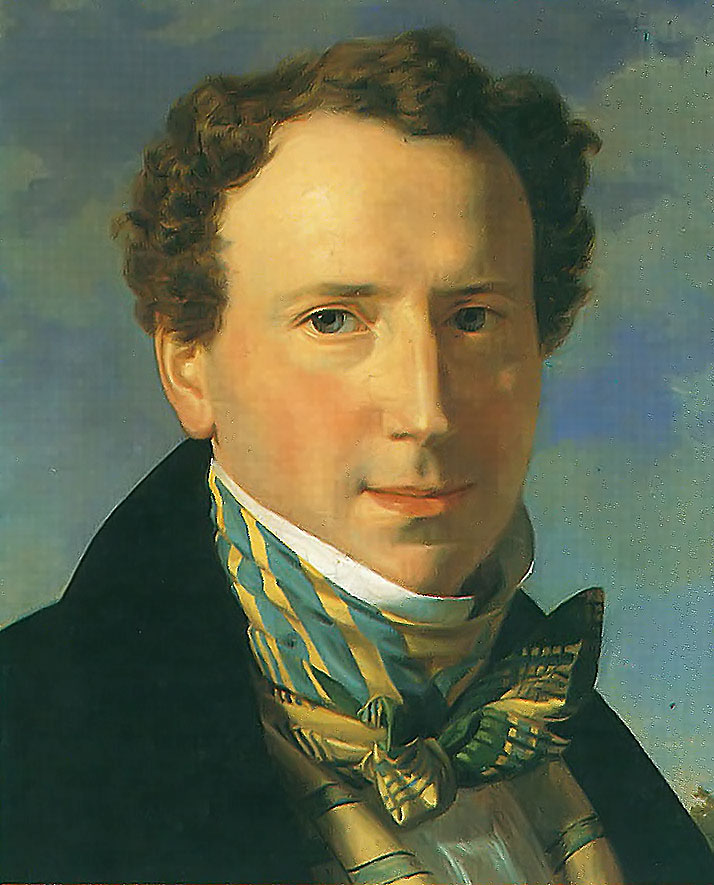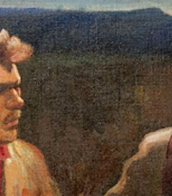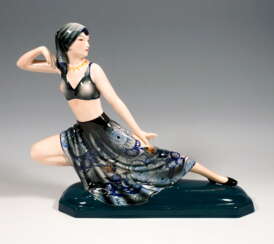vienna

Joseph-Marie Vien was a famous 18th-century French painter of religious, historical and mythological genres.
Joseph-Marie Vien was best known for his neoclassical paintings and his active teaching career. He founded his own school in Paris, where he trained dozens of young colleagues, and the best masterpieces of his work are now in major French museums. There are many interesting facts and notable events in his biography.


Joseph-Marie Vien was a famous 18th-century French painter of religious, historical and mythological genres.
Joseph-Marie Vien was best known for his neoclassical paintings and his active teaching career. He founded his own school in Paris, where he trained dozens of young colleagues, and the best masterpieces of his work are now in major French museums. There are many interesting facts and notable events in his biography.


Josef Lorenzl was an Austrian sculptor and ceramicist of the Art Deco period, the same era as Ferdinand Preiss (1882–1943) and Demetre Chiparus (1886–1947).


Ferdinand Georg Waldmüller was an Austrian painter and writer. Waldmüller was one of the most important Austrian painters of the Biedermeier period.


Otto Prücher was an Austrian architect and designer who worked in the Vienna Secession style.





Arnulf Rainer is an Austrian artist who painted in the genre of informal abstract art.
From his early works the artist was inspired by the ideas of Surrealism. He also created works of art where he applied paint over photographs and works of other artists.
In the 1950s, Rainer painted a series of blindfold paintings in the technique of Surrealist automatism. In 1978 he received the Austrian Grand National Prize. Rainer has exhibited in New York, London, Vienna, Paris, Berlin and Munich. His works are in the collections of the Albertina, the Pompidou Center, the Stedelijk Museum, the Metropolitan Museum of Art and the Museum of Modern Art.


Gustav Klimt, an Austrian Symbolist painter, was a central figure in Vienna's Secession movement, known for his paintings, murals, sketches, and objets d'art. Born on July 14, 1862, in Baumgarten near Vienna, Klimt's early life was marked by financial hardship, but he showed artistic talent at a young age. He studied at Vienna's Kunstgewerbeschule, where he received a conservative education in architectural painting that influenced his early traditional works.
Klimt's path as an artist was evolutionary and controversial. Initially a successful painter of architectural decorations, his style evolved into a more personal and controversial form, especially after public criticism of his works for the Great Hall of the University of Vienna in 1900, which were deemed pornographic. This turning point led him to abandon public commissions and begin the so-called "golden period," characterized by the use of gold leaf in his work. Some of his most famous paintings, such as The Kiss and Portrait of Adele Bloch-Bauer I, which demonstrate a combination of Byzantine influence and modern symbolism, belong to this phase.
An important aspect of Klimt's career was his participation in the Vienna Secession, an art movement he co-founded in 1897. This movement, which had no manifesto, aimed to showcase unconventional artists and to bring foreign artistic influences to Vienna. Klimt was its first president and participated in the creation of the periodical Ver Sacrum.
Despite his artistic fame, Klimt led a relatively withdrawn lifestyle, often working alone and maintaining discreet personal relationships. Nevertheless, his legacy remains strong: his works fetch high prices at auction and continue to be celebrated for their innovative style and symbolic depth.
For collectors and art experts, Klimt's work represents a fascinating exploration of the evolution of Symbolism and Art Nouveau. His unique approach to form, color, and subject matter makes his work highly valued and constantly relevant in the art world.
If you are interested in keeping up to date with sales and auction events related to the works of Gustav Klimt, we recommend signing up for updates. This will ensure that you don't miss the opportunity to own a piece of this remarkable artist's history.


Johann Michael Rottmayr was an Austrian Baroque painter.
Rottmayr worked in Salzburg and Vienna and was considered the first master of fresco paintings in Austria, whose art was influenced by the work of Peter Paul Rubens. Rottmayr's paintings are preserved in the Schönbrunn Palace in Vienna (1710) and in St. Peter's Church in Vienna (Peterskirche, 1713).


Josef Lorenzl was an Austrian sculptor and ceramicist of the Art Deco period, the same era as Ferdinand Preiss (1882–1943) and Demetre Chiparus (1886–1947).


Josef Lorenzl was an Austrian sculptor and ceramicist of the Art Deco period, the same era as Ferdinand Preiss (1882–1943) and Demetre Chiparus (1886–1947).
































































